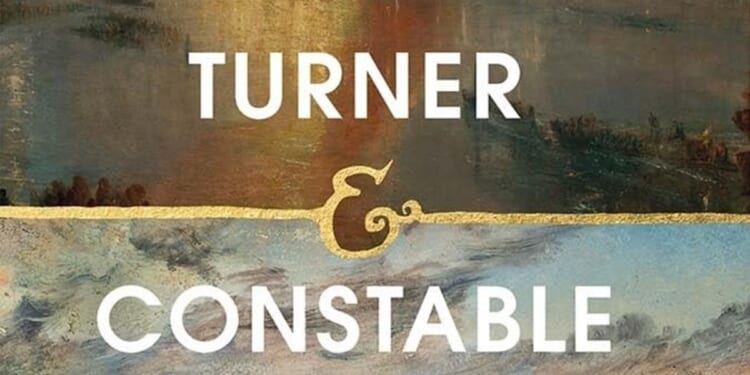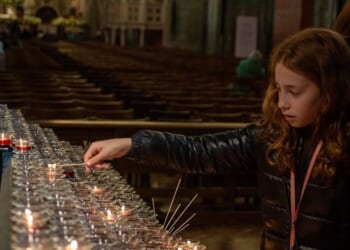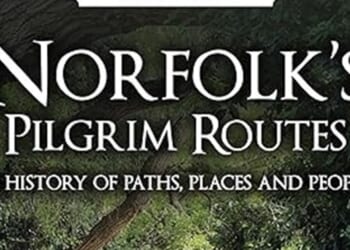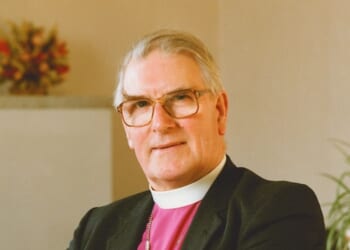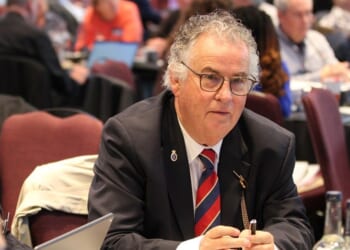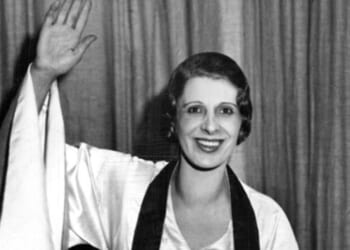NICOLA MOORBY’s life and history of two artists, inextricably linked by being born almost within a year of each other, opens with two plates: the first is a self-portrait of J. M. W. Turner of c.1799, and the other is a sensitive portrait of John Constable of the same date, by another contemporary, Ramsay Richard Reinagle, who, dying in 1862, aged 87, outlived both men.
Both subjects appear as confident twenty-somethings of the Romantic Age. But the paths that led them to the Royal Academy were quite different. Born to the landed squirearchy in the countryside, Constable never left England. “I would rather be a poor man here than a rich man abroad,” he wrote in 1825. Turner, imprisoned by the filth of late Regency London, was eager to travel on the Continent, notebook in hand.
Moorby’s is not the first attempt to draw the two together, but she has read widely and provides generously by way of an introduction to both artists and in part to explain why we are likely to think of Constable as a Georgian artist but of Turner as an optimist, moving into the industrial age that was to be so much at the core of Victorian England. To that extent, Turner remains the radical modern and Constable the conservative, reflected not just in their art, but in the marital bed.
It comes as a surprise to find that it is not Constable, but Turner, the self-made Londoner, who in 1805 sought his fortune in a slave plantation, investing £100 in a Jamaican “tontine”, a cattle farm. Moorby drily remarks: “At best this was thoughtless speculation; at worst, wilful complicity.”
Year in, year out, as their paths began to cross at the Royal Academy, Turner outflanked his rival, becoming professor of perspective in 1808 before Constable was admitted even as an Associate member of the Royal Academy. The White Horse, exhibited in 1819, finally gained him that accolade.
Later, Constable was recognised by the artistic Establishment in France and, indeed, decorated with a royal medal from Charles X for The Hay Wain, while many of Turner’s works languished in his studio and ultimately passed to the nation at his death (1851). Tellingly, Turner had not contributed to a campaign to buy any work from Constable’s studio for the nation.
Constable was wont to quote Sir Joshua Reynolds, the first president of the Royal Academy; “There is no easy way of becoming a good painter.”
It is fascinating to watch both artists across ten chapters reach that by distinctly different routes. We learn how both tried their hands at engraving and mezzotint alongside watercolour and oils with palpable, if unequal, success. The author has been restricted to just 40 figures in the text. Colour plates might have greatly improved the book and helped us to see that for ourselves.
Canon Nicholas Cranfield is the Vicar of All Saints’, Blackheath, in south London.
Turner and Constable: Art, life, landscape
Nicola Moorby
Yale £25
(978-0-300-26648-1)
Church Times Bookshop £22.50

